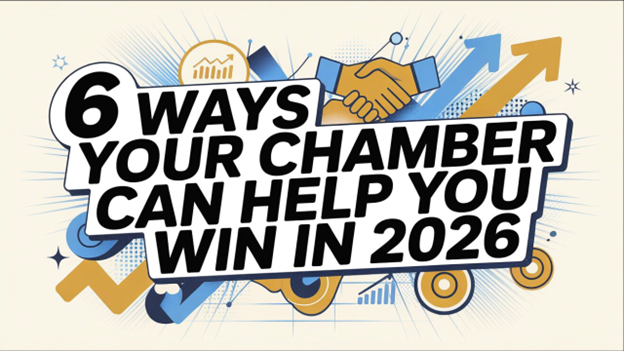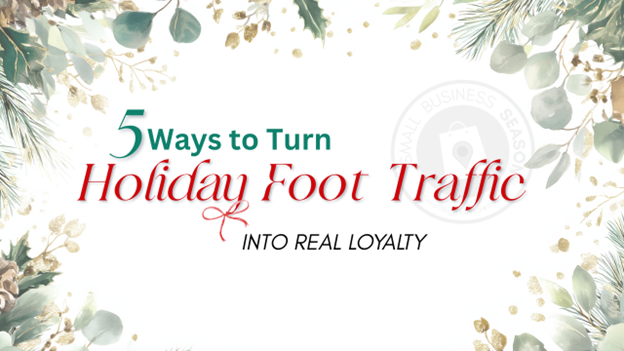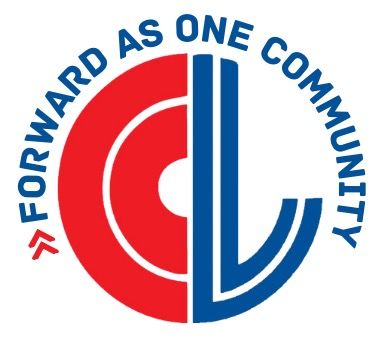How to Win at Content with AI
AI is one of the most efficient tools we’ve seen since the advent of the computer. But if you’re using it to generate content and then just copying and pasting, you’re missing out. And that kind of “laziness” could be costing you customers.
Here’s how a couple of quick edits can bring your AI-generated content from meh to aaaamazing.
First, we’re going to assume you can write a good solid prompt. Telling AI what role you want it to have (you are a brilliant small business owner, for example), who your audience is, what kind of content you’re looking for, and what tone you want, is essential to getting a solid first draft.
Here’s what you do from there to create non-robot-like narratives and articles.
Add Stats
Stats generated from AI can be questionable (unless you select a tool like Perplexity that cites its sources). That’s why it’s best to research your own. It’s even more effective if you source stats that are taken directly from your community. That gives your content a unique and local flavor.
Link It with Your Narrative
What’s your business story? Add parts of that into the article you just generated. You can include personal recollections, stories, and/or business examples. This livens things up but there’s another reason you want to add your own flavor.
AI-generated content is not copyrighted. If you use AI to create an ebook with no edits from you, there is nothing legally stopping your competitor from taking that content and replicating it word for word. However, if you make it yours with your personality and examples, it’s arguably no longer up for grabs.
Add Art
I know I’ll catch a little flack for this, but when you add your own artistic flair, you are again distinguishing yourself in the market. You are helping your audience get to know you, not AI.
Add a Theme
This is something the AI can do for you, if requested. Doing so helps differentiate the content generation it’s doing for you from that of your competition. If you are a plumber, for instance, and you identify an audience and tone that you share with your plumbing competition, then you ask AI to write a blog post about what to do with a leaky faucet, you could both end up with very similar pieces.
But if you add another step to the article and give it a theme, your post will be more unique. For instance, you might say write a post about how fixing a leaky faucet will make you feel better about your contributions to the environment. That little direction makes your article slightly different from everyone else. It will help give context and drive action on the importance of prompt repairs.
AI is one of the best productivity tools you can implement in your business. But you want to do it in a way that does not jeopardize the quality of your content. Adding emotion and placing your personality into the piece will make it your own.
Finally, while there are a lot of AI tools out there, be consistent in the ones you use for your business content creation. Speak to it the way you would a friend or a long-time employee. Show your personality. Upload pieces of content you’ve produced that you like. AI will respond to you in much the same way a beloved friend will learn your preferences and personality over time. If you do this, eventually the narrative and adding personality suggestions in this article will happen naturally with AI.
Now if only I could get it to fold my laundry. That would be a real win.
------------
Christina Metcalf is a writer/ghostwriter who believes in the power of story. She works with small businesses, chambers of commerce, and business professionals who want to make an impression and grow a loyal customer/member base. She loves road trips, hates exclamation points, and is currently reading three books at once.
_______________________________________
Medium: @christinametcalf
Facebook: @tellyourstorygetemtalking
Instagram: @christinametcalfauthor
LinkedIn: @christinagsmith




